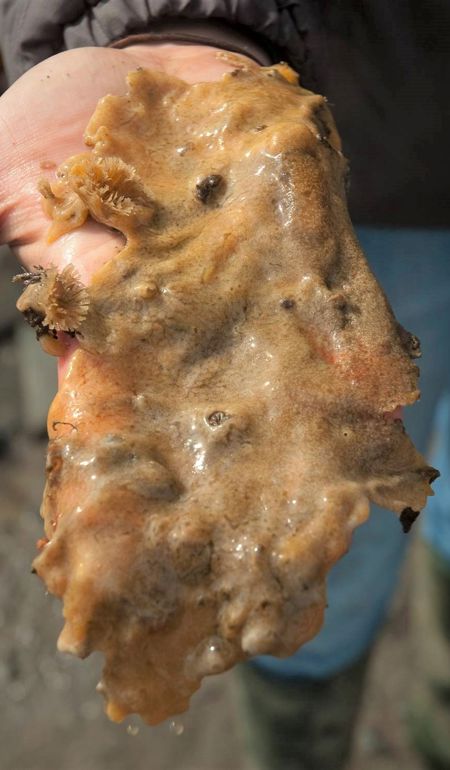Coming home to Welsh soil

Nearly four years after cones were carefully hand selected from prime douglas fir trees in Abercarn, and meticulously sown and nurtured in an English nursery, 120,000 healthy saplings have come home to be planted back into Welsh soil.
They are being planted in an area directly across the valley from their parent trees, and are just one species amongst many which are being used in Wales to restock areas which have been hit by larch disease.
Jonathan Singleton, Forest Surveyor, tells us why now it’s more important than ever to produce a diverse range of saplings from high quality, locally collected seeds, to secure the sustainability of our forests for the future.
“Larch disease has had a devastating impact on our forestry in Wales, affecting approximately 6.7million trees across the country. It is drastically changing the way our forests look, and the way in which we manage them.
Seed collection trial
“In Autumn 2014, across the south east Wales forest district we began a trial to collect seeds from a number of different species, including douglas fir, Norway spruce, Western red cedar, Coastal redwood, Omorika spruce and Macedonia Pine.
“These were identified as our best crops which were strong and healthy, and therefore suitable candidates for seed collection. We monitored these crops closely looking for the prime opportunity to collect seeds – what we call a mast year, a time when the species produces an abundance of seeds. The seeds are collected by hand from the tops of the trees, which sometimes involves trained climbers scaling heights of over 40m.

“It’s fantastic to see these healthy young trees coming back onto home turf. Our planters tell us that these are amongst the best douglas fir they’ve ever planted.
“Planting seeds from locally grown trees means that they are already well adapted to the conditions in the area - things like the soils, the terrain and the climate. And because of this, they have a much better chance of success. When you bring saplings in from other parts of the UK, they have extra work to do to adapt to the locality, and they are less likely to establish themselves well, and produce the high-quality trees we want.
The changing face of our forests
“The neighbouring valley across from Aberarn – Cwmcarn - has been particularly affected by larch disease and over the last few years, work has been taking place to remove around 160,000 infected larch trees. It’s an incredibly challenging project in an area which is used recreationally by a huge number of people, and it’s been a real test for the team to manage the forestry operations while keeping the numerous walking routes and mountain bike trails open.
“The felling in the southern area of the forest was completed last year, and phase two has now begun to remove trees from the northern area. Restocking is already well underway and has included a mixture of conifer and native broadleaf.
“There is no doubt that forests like Cwmcarn, and others across Wales will look very different in the future. But by restocking the best quality, home grown trees and planting a variety of different species, our forests will be more resilient to disease and climate change in the future, and will continue to be wonderful places for us to enjoy for many years to come.”
